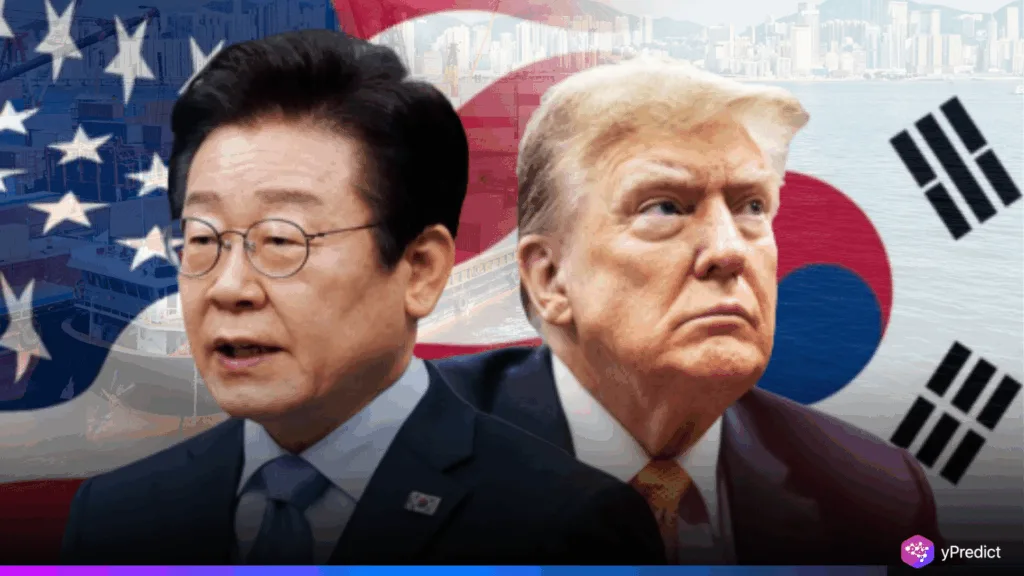
Washington and Seoul finalized the U.S.-South Korea trade deal, which included large energy purchase commitments and $350 billion in U.S. projects. The deal includes a $100 billion commitment from South Korea for energy imports and preferential terms for certain Korean exports.
Additionally, auto tariff rates were lowered by 15% from a threatened 25%. President Donald Trump celebrated it as a complete trade agreement, while Korean President Lee Jae-myung emphasized industrial cooperation and mutual benefit. The announcement comes just days before Trump’s August 1 tariff deadline.
U.S.-South Korea Trade Deal Slashes Auto Tariff Fears
South Korea has pledged $350 billion in bilateral investment, mostly in the shipbuilding, semiconductor, and clean energy sectors. Furthermore, Korean President Lee confirmed that $150 billion will be allocated to help Korea join the U.S. shipbuilding market. The US has reduced its tariff rates on South Korean auto exports from 25% to 15% in return.
Washington made sure Korean pharmaceutical and semiconductor products would not be subject to more regulations than those of their competitors. However, it does so despite steel and aluminum being excluded. Howard Lutnick, the secretary of commerce, wrote that 90% of the investment’s profits would go to the American people. However, officials in Korea stated that the returns would be reinvested.
Will Reduced Tariffs Boost Long-Term Energy Reliance?
Seoul’s commitment to buy $100 billion worth of US energy imports over 3.5 years is another significant result. The energy mix consists of some crude oil, LNG, and LPG. South Korean officials also said the move would reduce dependency on Middle Eastern suppliers somewhat.
The agreement allowed Korea to maintain its dominance in the rice and beef markets and provided more stable tariff rates. However, there were no compromises on semiconductors or steel. Additionally, the market responded favorably, with Korea’s Kospi index rising 0.5% after the announcement.
U.S.-South Korea Trade Deal Marks New Economic Phase
The U.S.-South Korea trade deal is presented as advantageous to both countries. However, some uncertainty still exists. Moreover, differences in the interpretation of investments indicate that continued discussions will be essential. Analysts say the deal continues a regional trend that started with Japan’s earlier deal. However, exporting chips and electronics could be risky if U.S. policy changes occur.
Additionally, as the White House prepares for Lee’s visit next month, its focus will shift to implementation and clarity. The agreement could mark a turning point in US-Korea economic alignment, considering the growing significance of trade and energy imports.







